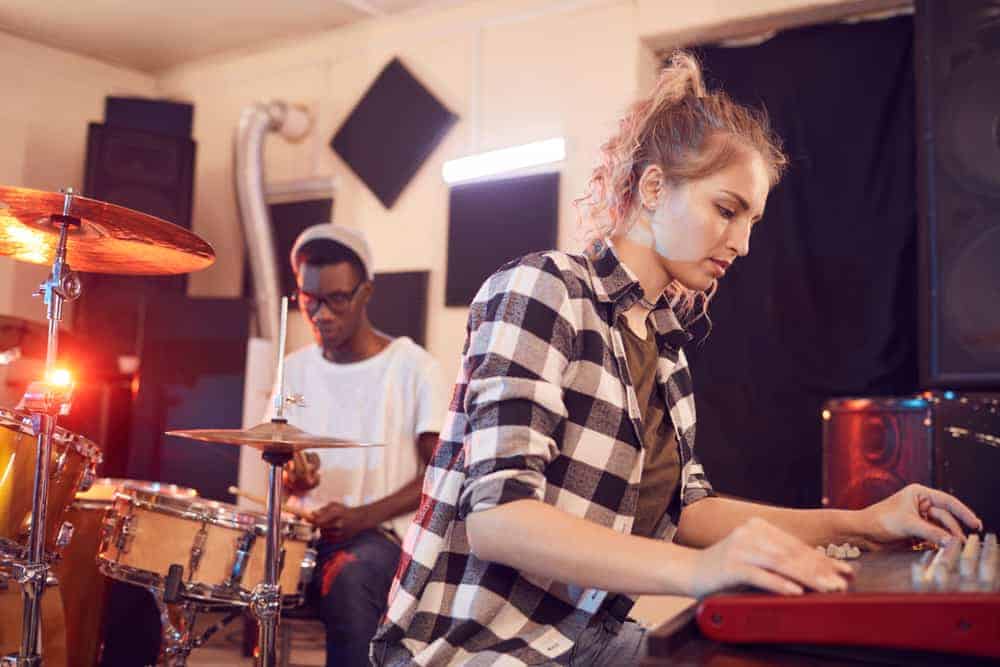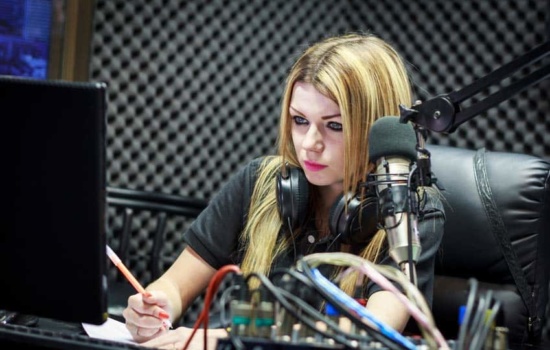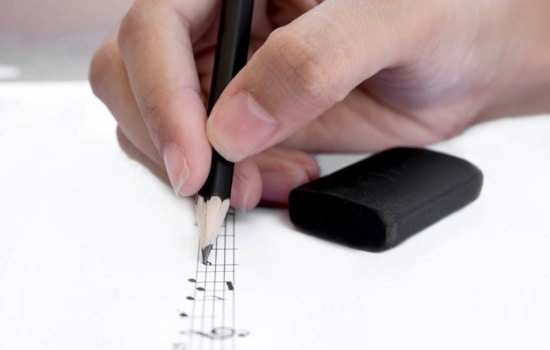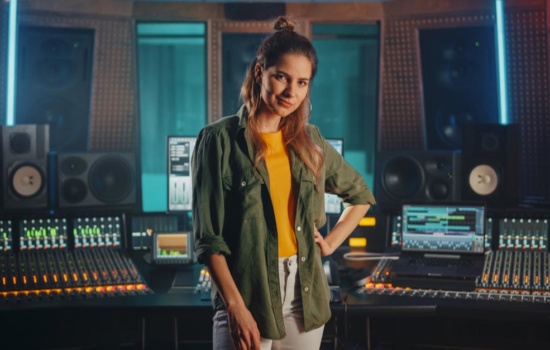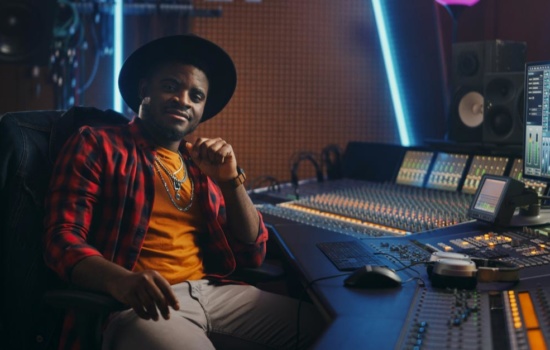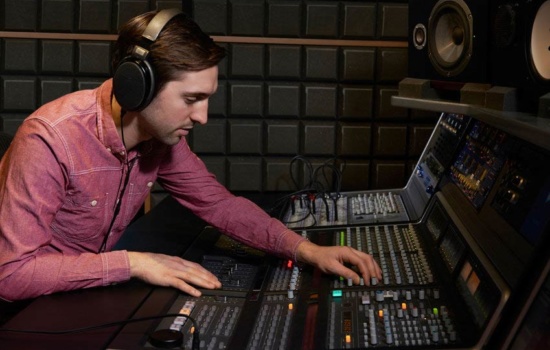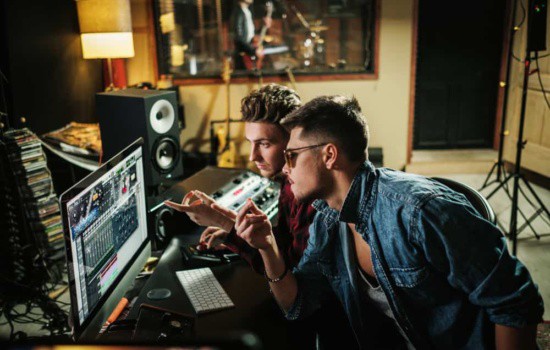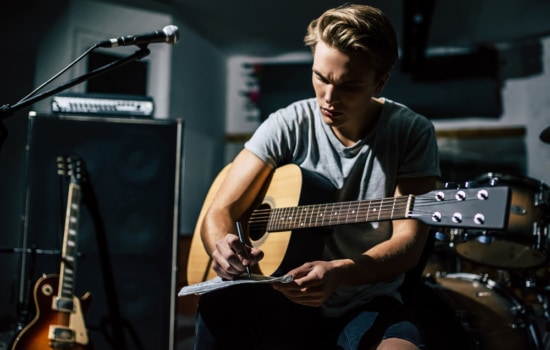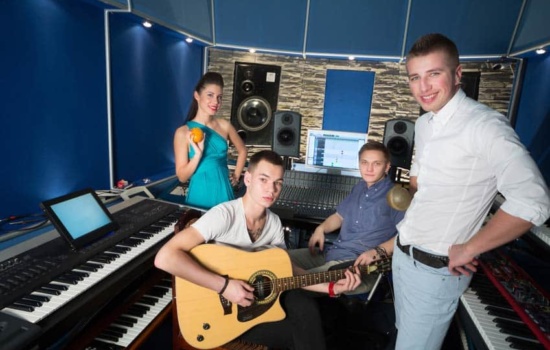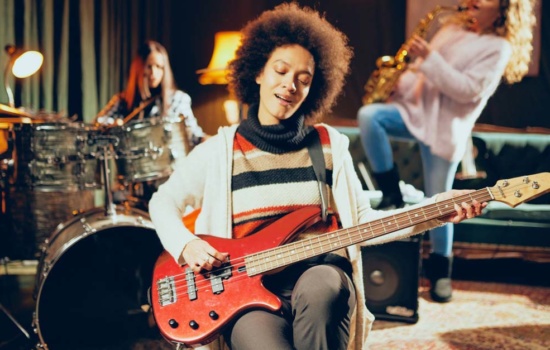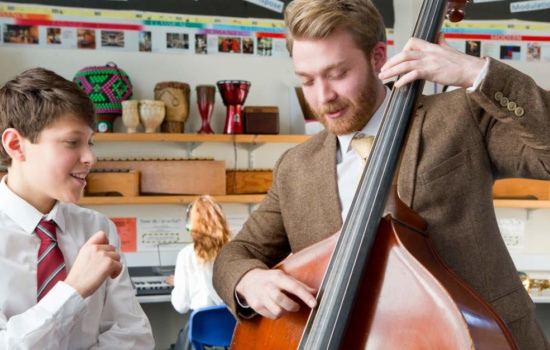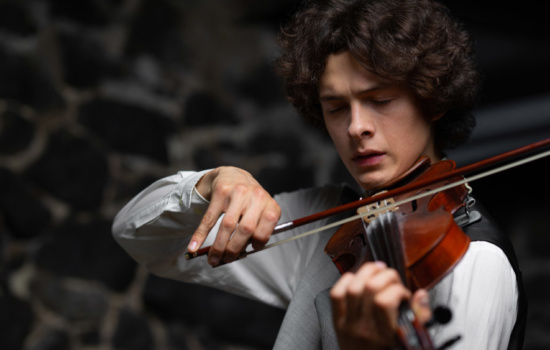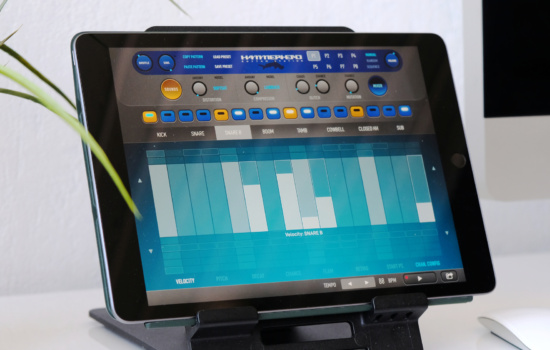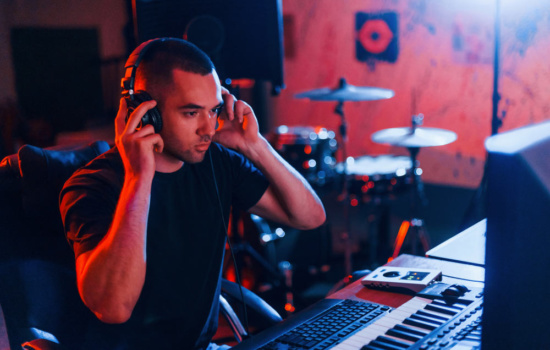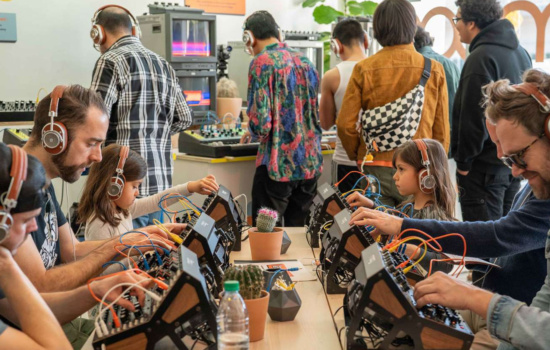You could start by asking yourself why you want to make your own music. While I firmly believe that music should always be fun and stress-free (hey, we’re not flying jumbo jets here, or performing surgery on people with life-threatening illnesses!), it’s also fine to have some ambition, too. Maybe you want to make music to impress your friends and family, or turn music into a side-hustle. Or maybe you really do want to become famous.
There’s nothing wrong with any of that, but getting clear with yourself on your goals is important as it will help guide you towards your destiny as a musician, and help you to create your art with true purpose. You might feel that you just have this great music inside of you that the world needs to hear. I will be the first to tell you to just “go for it!” Doing music can be a way to relax and have fun. Whatever your motivation, use it to inspire you and guide you confidently in the realization of your music dreams.
You will find that there are others on similar journeys, and there is always strength in numbers. Find new friends who share your passion and build community. Besides the new friendships, you can learn from each other.
Music is a collaborative art on many levels, so as you embark on your journey of explorative learning, consult with others who can help you. Don’t feel you have to go it alone. It doesn’t have to mean finding a “teacher” per se, but thinking of yourself as a learner is a good attitude as you immerse yourself in this new creative realm. And, it might not hurt to take a few lessons from an expert.
How do I start making music?
It almost doesn’t matter where you start, as long as you do. “A journey of a thousand miles begins with a single step” is a common saying that originated from a Chinese proverb. Even the most difficult ventures have a starting point in that very first step. “When you come to a fork in the road, take it!” is a quote spuriously attributed to Yogi Berra, the great baseball player and manager who had a penchant for saying things with few words. My point here is that you will need to get started somewhere, and once you start, you will be well on your way!
You will find more advice on what to do to start, in this blog and in others, in YouTube videos and in magazine articles and books, and from teachers. There’s no shortage of advice out there, and much of it is free. My recommendation is to get a teacher, begin to learn an instrument, get some basic music theory knowledge, and then get to work on whatever excites you the most.
If you like recording and producing music, get all the software and build out your digital audio workstation (DAW). If you are drawn to songwriting, learn to create melodies, with lyrics and chord progressions, or write beats and loops, create bass lines, and keep studying all the technical aspects of the music you love the most, as you can learn a lot that way. The most important thing about making music is that YOU have to be happy with it. If you like the music you are making, there will be others who like it, too.
